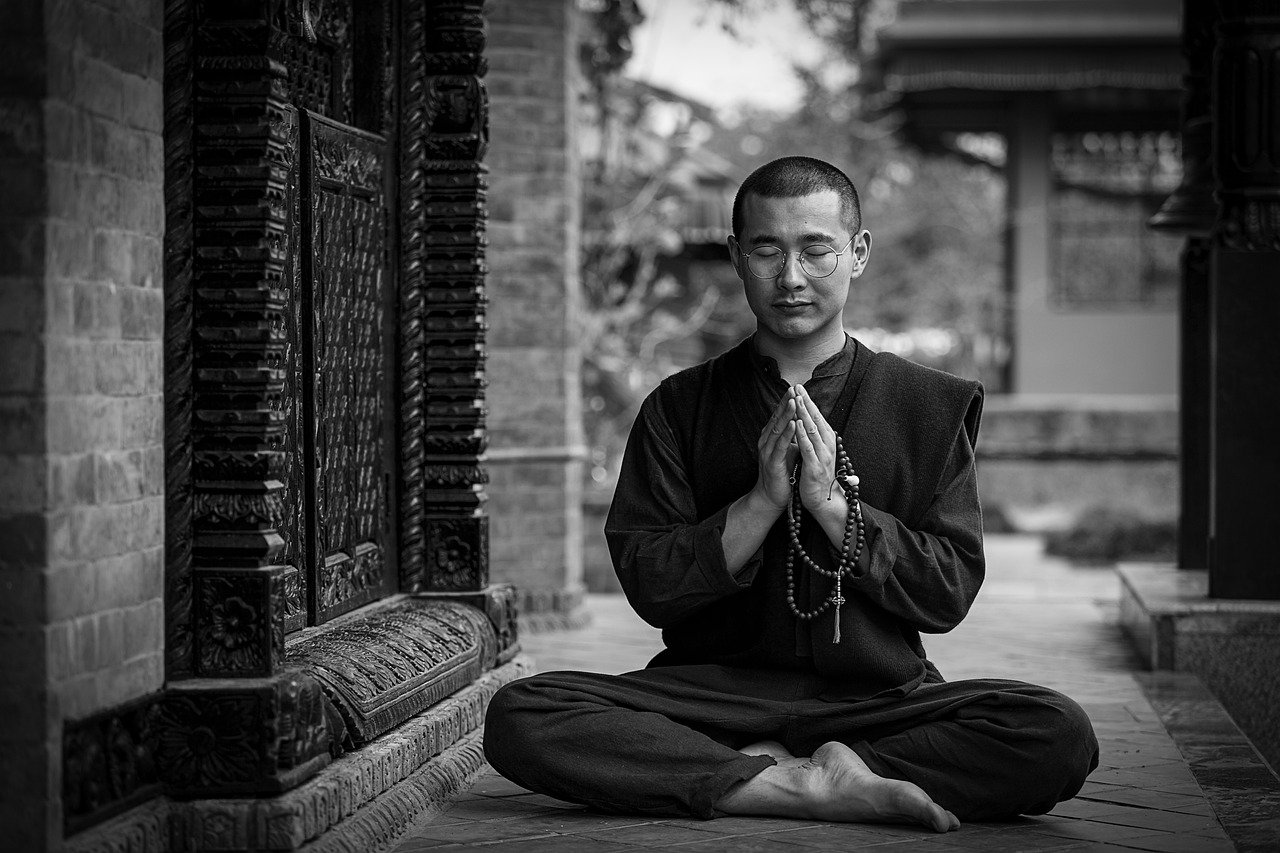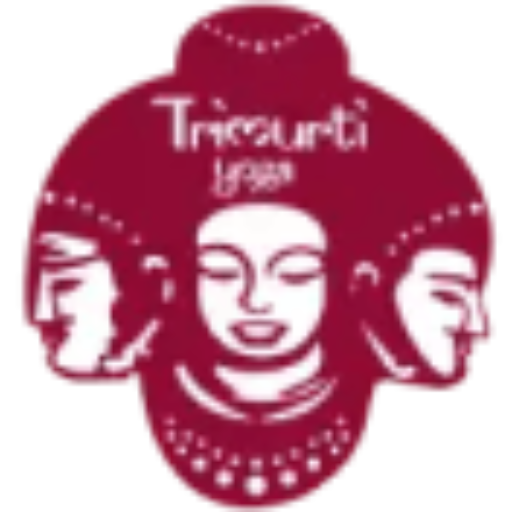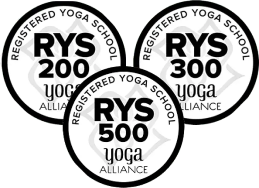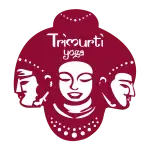
Yoga comes from the Sanskrit root “Yuj,” which means “to join,” or “to unite.”Its roots can be found in ancient India, where the Indus-Sarasvati culture created it as a spiritual practice more than 5,000 years ago. The Vedas, an ancient collection of Indian literature that dates back to approximately 1500 BCE, contain the first known written accounts of yoga.
It is thought that yoga was practiced from the very beginning of civilization. Yoga as a science began thousands of years ago, long before any religion or belief system came into being. Shiva is regarded as the first yogi, or Adiyogi, and the first guru in yogic mythology.
Some people say Adiyogi taught his extensive knowledge to the legendary Saptarishis, or “seven sages,” on the banks of Lake Mansarovar in the Himalayas. This yogic science was brought to many regions of the world by the sages, including Asia, the Middle East, Northern Africa, and South America.
It is also believed that lord shiva first gave his knowledge to Mata Parvati. And then she gave this knowledge to Brahma, which Brahma provided to his two sons. And then comes the Saptarishis, the seven sages.
But there isn’t any solid proof of the exact beginning of this discipline. It is thought to have started about 5000 years ago in Northern India.
Table of Contents
ToggleBhagavad Gita and Yoga
The Bhagavad Gita, a renowned Hindu text, describes the four types of yoga and provides many methods for reaching a peaceful union with the god. The four types of yoga, are the primary paths leading to self-realization and spiritual development Karma yoga, Bhakti yoga, Raja yoga, and Jnana yoga.
Karma is the result of one’s deeds, both good and evil, which shape experiences in the future. By voluntarily devoting their acts to a higher purpose—often seen as service to the god or humanity—those who do Karma Yoga aim to purify their minds and hearts.
Karma yoga is not limited to deeds; it also enhances the senses, which is an important aspect of yoga practice. The Bhagavad Gita’s path of action, or Karma Yoga, teaches people how to deal with life’s joys and sorrows without running away.
The Sanskrit term for Bhakti is “Bhaj,” which denotes love, attachment, faith, devotion, and prayer. Bhakti Yoga is the practice of purifying oneself from the inside out. The purest, most beautiful, selfless kind of love is called bhakti, in which the devotee experiences a constant sense of connection with God.
It is the path of wisdom, knowledge, reflection, and introspection. Jnana yoga is also known as buddhi yoga in the Gita. The purpose of the mind is to explore its own nature and go beyond its identification with its ideas.
Ashtanga Yoga
The old writings were written in Sanskrit, and only those who had given up on life in pursuit of a greater good could follow the practice. In addition, ordinary people and householders could never become excellent yogis due to the intense concentration and dedication needed to reach the highest state of trance, known as samadhi. They also failed to disassociate themselves from relationships and earthly goods.
But Patanjali, who is also regarded as the founder of yoga, developed a method that was accessible to all. This occurred in 400 BC, centuries after the Bhagavad Gita. It guides the practitioner, step by step, towards the ultimate goal of self-realization. With his systematized teachings, Sage Patanjali popularised this age-old spiritual practice and made it available to the general public, and systematized Ashtanga, or eight-limb yoga.
The eight limbs of yoga are as follows: absorption or nirvana (samadhi), concentration (Dharana), withdrawal of the senses (pratyahara), concentration (yama), discipline (niyama), yoga postures (asana), breath control (pranayama), and meditation (dhyana).
Hatha Yoga
Hatha yoga involves physical postures, or asanas, breathing exercises, or pranayama, and relaxation. The Sanskrit terms “ha,” which means sun, and “tha,” which indicates moon, are the roots of the English word “hatha.” This shows the fundamental Hatha Yoga practice of maintaining equilibrium between the opposing forces.
Compared to other yoga types, Hatha is frequently performed more slowly, involving the use of the breath to deepen the poses and holding postures for longer periods of time. The goals of hatha practice are to enhance mental clarity and relaxation in addition to physical strength, flexibility, and balance. Hatha may involve meditation and other techniques meant to develop awareness and mindfulness in addition to asanas and pranayama.
Vinyasa Yoga
Yoga in the vinyasa style places a strong emphasis on dynamic, flowing poses. The Sanskrit word “nyasa,” which means “to place,” and the “vi,” which means “in a special way,” combine to form the word “vinyasa.” Every movement in vinyasa is synchronized with an inhale or exhale, resulting in an uninterrupted flow of movement.
Vinyasa can be physically tiring because of the constant movement and position transitions that ask for balance, strength, and flexibility.
Vinyasa practitioners are advised to stay focused and relaxed, which can help with mental clarity and relaxation in addition to its physical benefits.
Sage Patanjali, the founder of modern yoga
Sage Patanjali deserves credit for systematizing yoga and making it approachable to the general public. The Patanjali Yoga Sutras, also referred to as the classical yoga literature, were composed approximately 2500 years ago, during the Buddha’s lifetime. This style of yoga was developed between 500 BCE and 400 CE by Sage Patanjali. The first written account of yoga is found in the Sutras. This text gained so much popularity that it was translated into many languages from ancient India. Like everything wonderful, yoga did go out of favor for a very long time until it was brought back to popularity in the late 1800s by a number of Indian revivalists, including Swami Vivekananda.
Vedas and Upanishads
The Vedic and Upanishad era, which is believed to have begun at least 40,000–10,000 BCE. A number of factors were important during this period, including rivers and water flow, stars and constellation positions, and water flow. These components are also found in a number of Vedic mantras. This gives you an indication of how old the Vedas are when you trace this back. Many were able to determine the actual age of these Vedas using satellite photographs. In contrast, the Upanishads describe sitting beside a Guru in order to study and comprehend things that people would be unable to understand on their own. It involves debating and discussing a topic for hours while being close to the Guru. Upanishads were composed as recently as 300–400 years ago in some cases. The subject content of the Upanishads led to its classification into categories such as yoga Upanishads, Sankhya Upanishads, etc. The Upanishads have already addressed pranayama, breath, and a number of other yoga techniques. The Upanishads answer several questions, including what prana does, what panchkoshas are, why they are important, etc.
Chakra Asanas
Our emotions are connected to our asanas. Our posture frequently reflects the state of our minds. This is how we can alter our thoughts, feelings, and understanding through practicing our asanas. The body’s chakras and asanas can be used to activate the energy points, enabling the body to function at its best. Proper asana and kriya practice activates the kundalini points, which opens the channels to clear energy flow throughout the body. Yoga creates a perfect unity between the body and the mind. It also activates the parasympathetic nervous system, among other nervous system components.
Frequently Asked Questions (FAQs)
- Who is the father of modern yoga?
The father of modern yoga is Sage Patanjali because he composed the Yoga Sutras, which describe the various beliefs and methods that are categorized under the traditional Yogic Sciences.
- How many types of yoga are written in the Bhagavad Gita?
In Bhagavad Gita, there are four types of yoga that are discussed: Dharma yoga, Karma yoga, Bhakti yoga, and Jnana yoga.
- Who is known as the Adiyogi?
In yogic mythology, Shiva is considered the first yogi, or Adiyogi, and the first guru.








